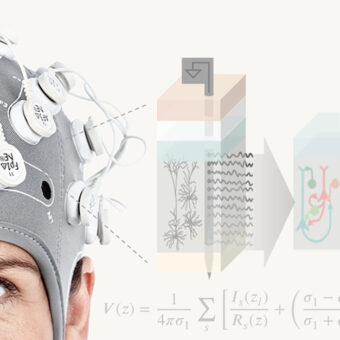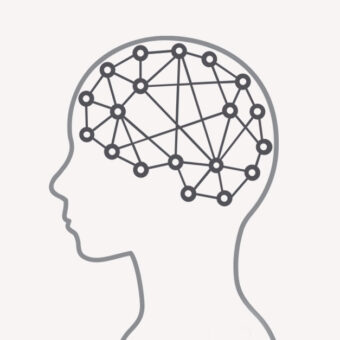New technologies constantly appear on our life. Who could have imagined that the competence of a classical music ‘tape’ and its accompanying radiocassette would have been integrated in our telephones? Or that human communication through long distances would depend on satellite swarms floating around earth? Communications, transport and health are clear examples of what aspects of our lives have been shaped by the innovations over the last 50 years.
But not only has Homo Sapiens been doing some major technological discoveries to modify its environment. Some of these new technologies are explicitly designed to enhance or improve its living conditions or even its cognition. For instance, recently developed robotic prosthetic limbs can adapt to the wearer’s gait while balancing its body motion or directly communicate with the user’s brain sending sensations of touch. Analogously, cognitive enhancers are a class of drugs that increase your brain’s performance on particular mental functions (known as nootropics, see, which have been used by between the 4.5% and 35% of college students for diverse performance enhancements.
In this technology driven era, more and more technologies get integrated onto our daily life, technologies that evolve from state-of the art research. The faster the scientific advancement, the faster the technological development and the strongest impact on our daily lives. At this rate of change, what is the future of our spices?
George Dyson
I view the universe as a phase-space of things that are possible, and we’re doing a random walk among them. Eventually we are going to fill the space of everything that is possible.
The exposition Human+ at the CCCB explores the technologically enhanced future of our spices, inviting the visitor to consider the potential trajectories of humanity, to explore the boundaries of what it means to be human.
The exhibition draws together a range of installations that explore the acceptance of cloning on our society, the appearance of cyborgs (as a human that physically merges technology and biology), the advancement of assisted reproductive technologies, or the integration of brain computer interfaces onto our daily lives.
From Starlab, we wanted to contribute to this exhibition by presenting our Brain Polyphony setup, a new communication concept where different cognitive states can be decoded from physiological signals recorded through an Enobio in real time. This alternative communication tool system appears as a result of a CRG Awards-founded project involving the Centre de Regulació Genòmica (CRG), Universitat de Barcelona, Mobility Lab, ASDI and Starlab (see for further details), where this sonification process is being studied as therapeutic and communication platform for cerebral palsy patients. Although what is being presented at the CCCB is a simplification of the overall project, we are working very hard to develop this new rehabilitation tool for patients with motor and cognitive impairments.
Our installation aims to bring neurobiological research to the every-day museum visitor with a modern and interactive setup, while presenting the newest technologies that allow for the interpretation of those brain signals into emotions, and from emotions to music. During a couple of hours a day, any visitors of the CCCB can hear songs representative of their affective state during their time at the installation. The spectators will then be able to hear the switch between several cognitive states of that user – active – relaxed – concentrated. Can you willingly change between these? Visit the CCCB.
PS: bringing neurosciences out of the lab is not so simple! If you want to read a great discussion on the matter, do not miss this post from Javier Acedo!





